Aberlour Distillery(19 Sep 2007)
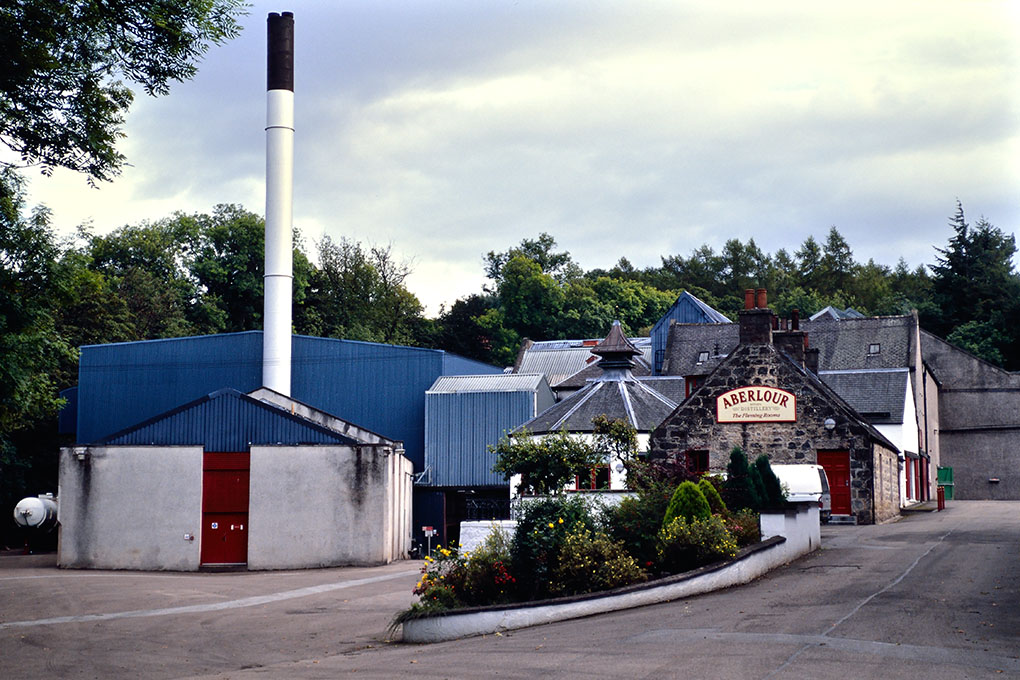
Aberlour蒸留所は1826年にAberlourの町の西の端、Lour Burnの側に創設された。
1879年から新しい蒸留所の建設を始めたが、その最中に旧蒸留所は火事で失われた。1880年から新しい設備で生産を開始し、蒸留所名をAberlour-Glenlivetと改名した。
1898年には再び火事で蒸留所設備と多くのストックが失われ、その後建て直されるが20世紀前半のウィスキー不況時にオーナーが何度か変わっている。
Alfred Barnardの著書では”a perfect model distillery”と記述されている。当時のイラストにはモルトキルンが描かれているが1962年にフロアモルティングは停止され、パゴダ屋根は現在ビジター用設備の建物に取り付けられている。
個人的にはシェリー系モルトを飲みたいなと思った時に真っ先に頭に浮かぶ蒸留所。
Aberlour distillery was founded at the western end of Aberlour, next to the Lour Burn in 1826.
In 1879, Aberlour Distillery started a new buildings for new distillery, but original distillery was destroyed by fire while new distillery was build. The new distillery started production in 1880, and named Aberlour-Glenlivet.
A fire destroyed much of the distillery and much of the whisky stored here in 1898, and it was rebuilt after the fire. However, owner of distillery was changed a couple of time during the recession of whisky industry early in 20th-century.
Alfred Barnard described Aberlour Distillery as “a perfect model distillery”. There was a malt kiln with pagoda roof in distillery, but they ceased to operate its own floor maltings in 1962, and the pagoda roof is attached to the building of visitor facilities now.
Aberlour single malt whisky comes to mind first when I want to drink single malt whisky matured by sherry casks.
-
-
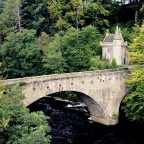 Ballindalloch(3)
Ballindalloch(3)
The Old Bridge of Avon(18 Sep 2007)

Cragganmore蒸留所からRiver Avon沿いに歩いていると見えてくる古い石橋、Bridge of Avonは1800年に造られた石造りの古い橋。対岸にはBallindalloch Castleの門が見える。
おそらくお城へのアクセスルートの一つとして架けられたと思われるけど現在、この門からは入城することはできない。
When you will walk along River Avon from Cragganmore Distillery you will see a old stone bridge, and there is a old gatehouse of Ballindalloch Castle on the opposite bank.
The Old Bridge of Avon was build in 1800. It might be build as a access route of Ballindalloch Castle, but we can’t go into the castle at the gatehouse now.
-
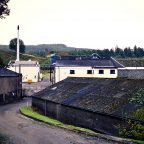 Ballindalloch(2)
Ballindalloch(2)
Cragganmore Distillery(18 Sep 2007)
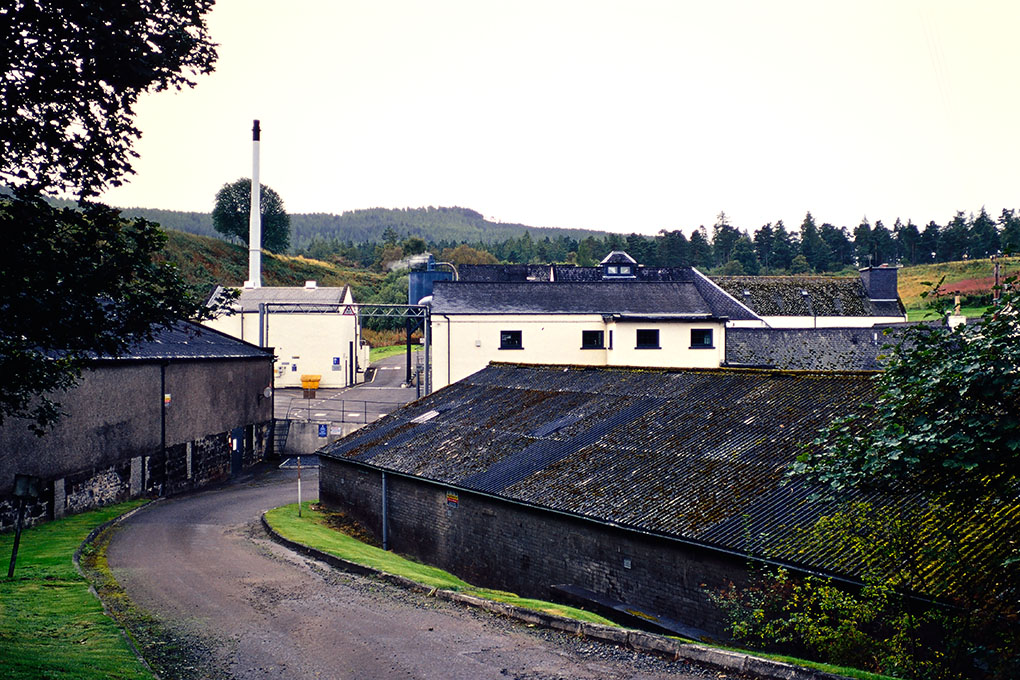
幹線道路から脇道に入ってしばらく歩いても何も見えない。この道を行けば蒸留所への近道のはず。そろそろ何か見えてもいいんだけど・・・よく見ると煙突の先のような物が見えてきた。
Cragganmore蒸留所はRiver Spey沿いに隠れるように建っていた。1869年の創業当時、この周辺には200ぐらいの非合法の蒸留所があったらしい。
1863年に開通したStrathspey Railwayの側に建設され、専用の引込線も持っていた。River Speyに沿って走るCragganmoreの樽を運ぶ列車は素晴らしい風景だっただろう。
I entered the sideway at the main road and walked for a while. It should be the shortcut to a Cragganmore Distillery if I went this way. However, I saw nothing… After a while, I watched the thing such as the point of the chimney.
The Cragganmore distillery was built to hide along River Spey. At the time of the establishment of 1869, there seemed to be around 200 illegal distilleries in these outskirts.
It was built near Strathspey Railway opened in 1863 and they had the exclusive lead-in. The train carrying a barrel of Cragganmore single malt whisky running along River Spey would be splendid scenery.
-
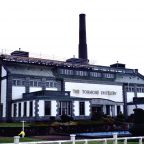 Grantown on Spey(1)
Grantown on Spey(1)
Tormore Distillery(18 Sep 2007)
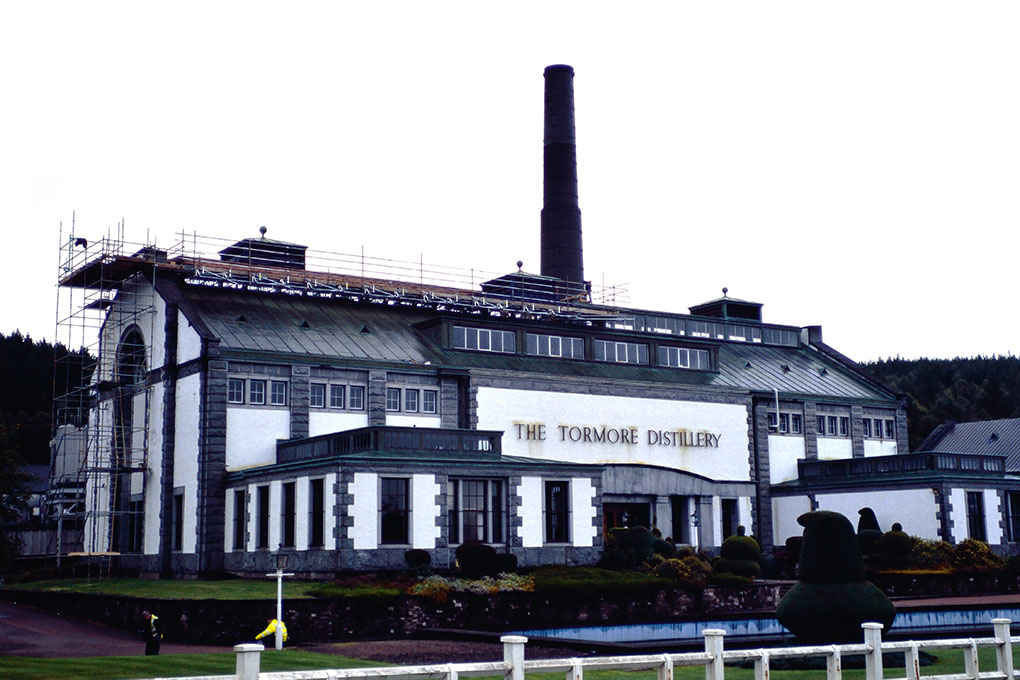
Grantown on Speyからバスで20分程の幹線道路沿いにあるTormore蒸留所は1960年創業で戦後初めてSpeysideに建設された新しい蒸留所。しかし建物はまわりの風景と調和するようにデザインされ、とても趣がある。
見学は行われていないようだけどスタッフはフレンドリーで所内で写真を撮らせてもらった。
美しい風景、親切な人々、唯一天気にだけ恵まれないのは私の旅の特徴でもある。
Tormore Distillery lies along a main road to Ballindalloch, it takes about 20 minutes from Grantown on Spey by bus. It was established in 1960, the first distillery building after WW2. However, buildings are in harmony with the scenery.
They don’t have a distillery tour, but distillery’s staffs are very friendly so I was able to take photos into the land of distillery.
I rejoice in beautiful scenery, kindly people though weather is bad frequently.
-
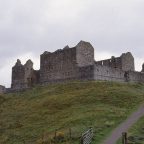 Kingussie(3)
Kingussie(3)
Ruthven Barracks(16 Sep 2007)
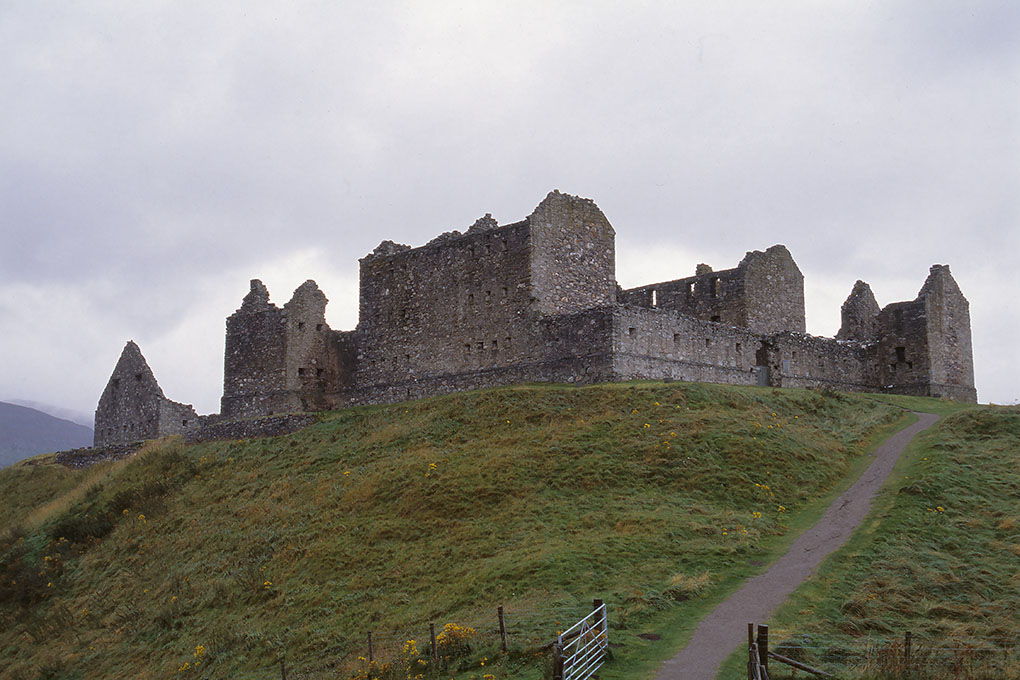
Kingussieの町外れ、River Speyの河川敷に面した高台にあるRuthven Barracks。この場所には一番古い記録として1229年に城があったことが記述されている。
現在見ることの出来るRuthven Barracksは1715年のJacobiteの反乱の後、駐屯地兼要塞として建てられたもので1745年のBonnie Prince Charlieを擁したJacobiteの反乱の時に200人の反乱軍が攻めてきた。これを12人の守備兵が半年間持ちこたえたが最終的に降伏した。
その後、Jacobiteの敗北が決定的になった1746年のCullodenの戦いの後、反乱軍が敗走する時に火をかけられ破壊された。
Ruthven Barracks stand on the hill along the River Spey, outskirts of Kingussie. According to the first record, a castle was built here in 1229.
The present Ruthven Barracks we see was build as a fort and barrack after the 1715 Jacobite uprising.
When Jacobites commanded by Bonnie Prince Charlie uprised again in 1745, 200 Jacobites tried to capture Ruthven Barracks. However, just 12 guards had fought them off for 6 months. Finally, the guards surrendered.
The defeat of Jacobites was inevitable after the Battle of Culloden in 1746, Jacobites set fire to the barracks, and took to flight.